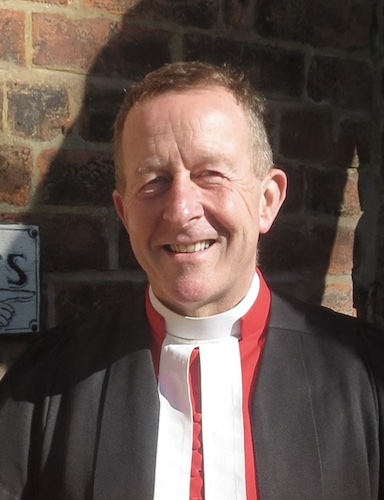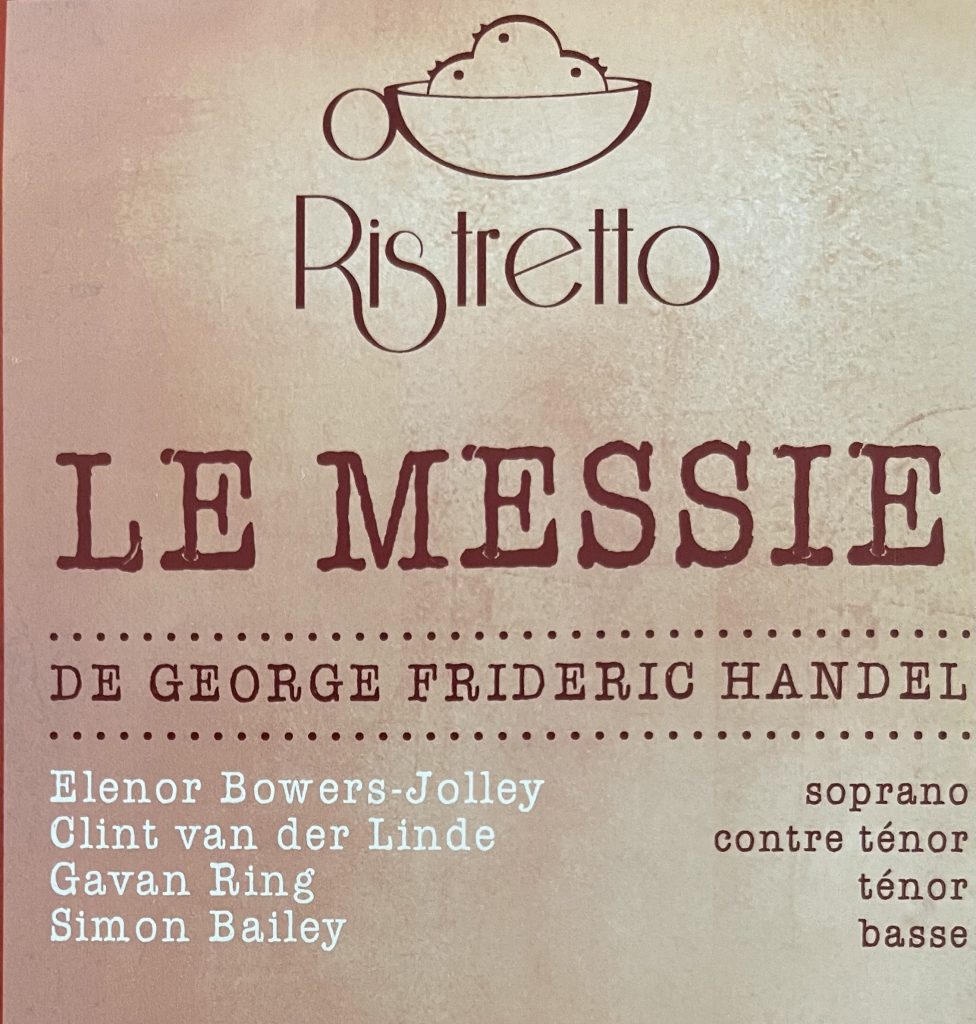Music for May
Sunday 11th 10.30am Holy Communion
Setting
Byrd – Mass for Three Voices / Gloria from Missa in Tempore Alligatum
Hymn
799, 744, 794, 581
Motet
Parce Domine (Obrecht)
Sunday 18th 10.30am Holy Communion
Setting
Merbecke
Hymns
609, 507, 537, 200
Music Matters
Church Acoustics - by Errol Girdlestone
People may wonder why in church we sometimes place the choir in front of the Lady Chapel, rather than remaining up in the organ gallery. No, it’s not a show-off act, but rather a question of acoustics and practicalities. Quite apart from the fact that fitting in eight singers upstairs, plus a group of bow-wielding string players armed with instruments and music stands is physically impossible, there is the issue of acoustics.
A quartet is the maximum number of trained voices our gallery will support acoustically without inflicting a hard resonance on the ears of the congregation below, largely owing to the proximity of the ceiling. Ideally, a choir situated in a gallery at the back of a church requires at least as much space above as below, principally for acoustical reasons.
Look at Bach’s church of St. Thomas, Leipzig :–
There you can see the gallery sits roughly halfway up to where the arched ceiling begins its taper, leaving ample space for the sound to resonate and acquire a warm halo before reaching ground level. And, looking at the second picture, you will see just how much space there is up there – four rows of choir, a whole orchestra, and room for the conductor to wave his arms around comfortably. Dimensions are as significant as proportions.
As far as having singers facing the congregation, as opposed to being invisible, there are arguments to be had on both sides. Visual contact between the two parties can greatly enhance communication and immediacy. On the other hand, music coming down from the clouds above adds to the sense of mystery. Personally, I can see advantages from both aspects, though if pushed would probably plump for visual communication.
Just to conclude, those of you who attend our annual Messiah will know we usually have about 30 singers, plus a similar number of musicians, making just under 60 performers in all. The choir is placed in the chancel, the soloists on the chancel steps, and the orchestra in the nave, directly in front of them. The balance and acoustic in these conditions can scarcely be bettered.
Interesting. All goes to prove that splendour is not the be-all and end-all of ecclesiastical architecture, as is amply demonstrated by the acoustics of Renaissance churches, chapels, and cathedrals, which tend to resonate perfectly for liturgical music.



